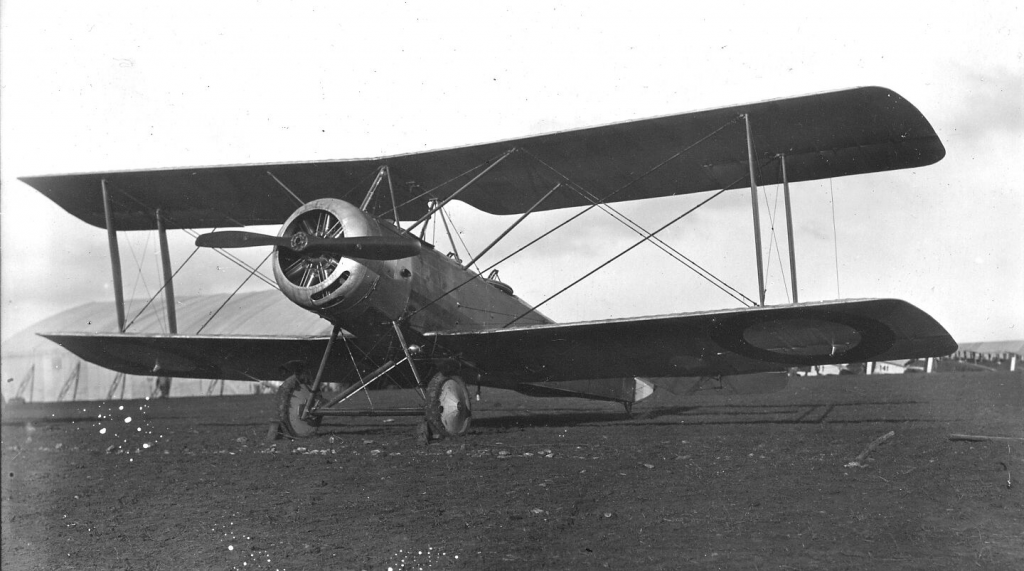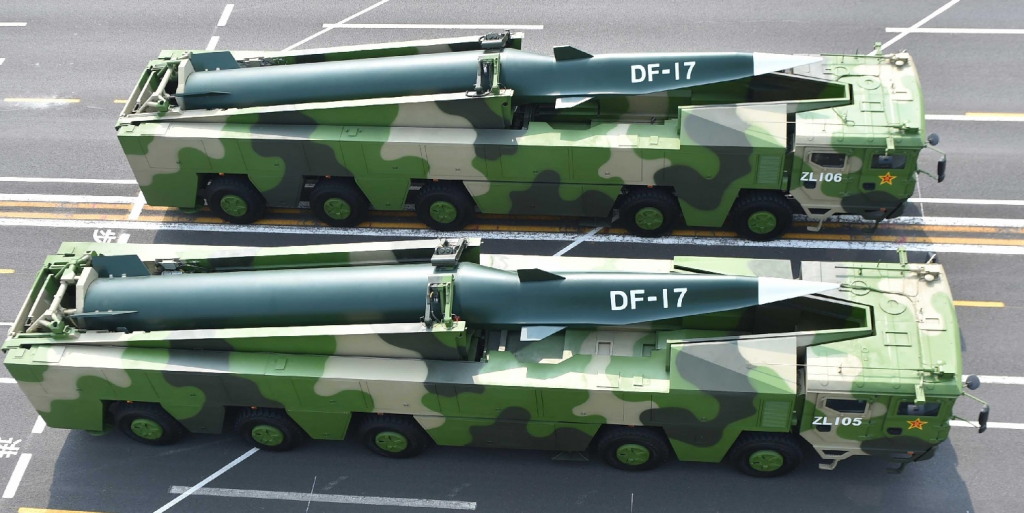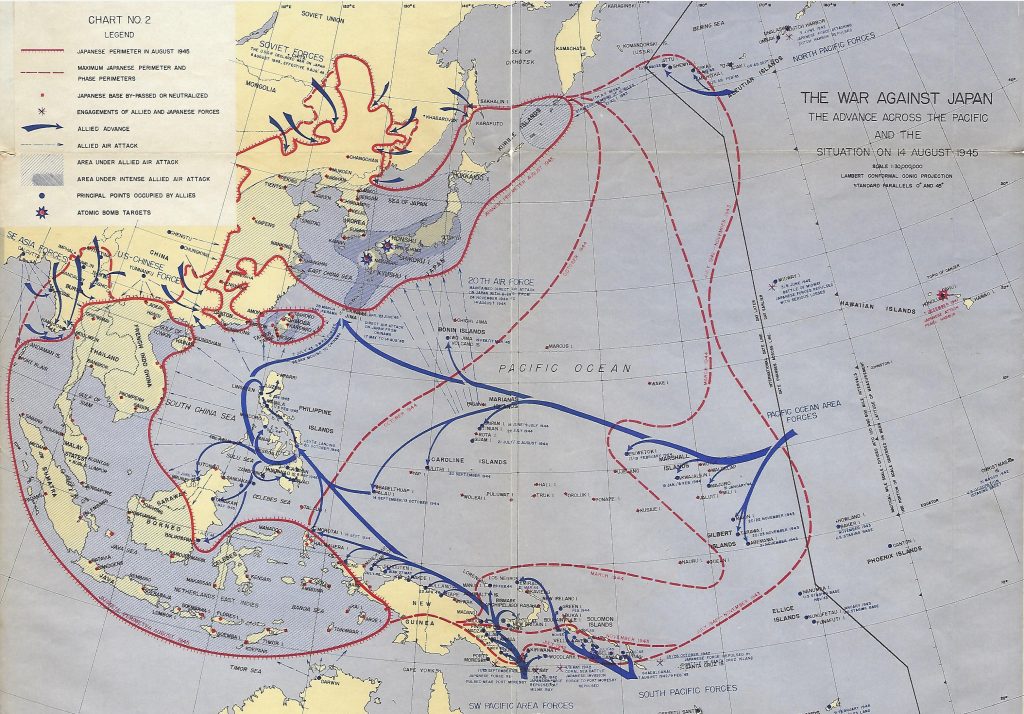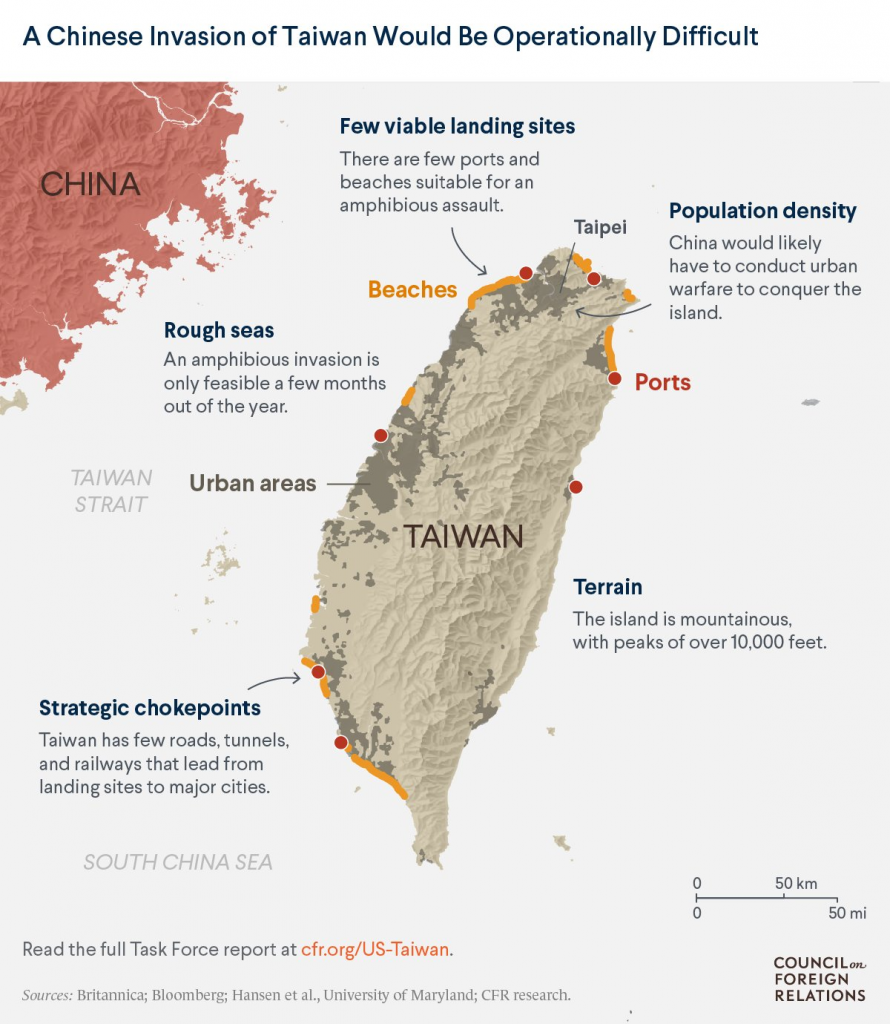The Second Pacific War
This article is part one of a two-part series. Read the 2nd part here: https://defensepoliticsasia.com/the-second-mexican-american-war/
There is, today, in Washington, a schism occurring between the major factions that operate within the American halls of power. On the one hand, we are presented with the stereotypical American politician, the chest-beating “Wilsonian Internationalist“, they who insist on defending America’s position as the self-proclaimed “Leader of the Free World” and the enforcer of the “Rules-Based World Order” on the basis of America’s “moral and strategic imperative” to blow up foreign countries, in the name of “Freedom and Democracy”.


On the other, we have their growing opposition, the “Monroe Isolationists“, who are seeking to detach the United States from its globe-spanning Empire – an Empire which, even now, is costing America untold fortunes to maintain, yet which offers precious little in exchange, to the ordinary American. Both of these factions wield significant power, yet nowadays, both struggle to achieve their aims, despite the Wilsonians retaining their dominance – at least, for the time being.
The Wilsonians, embittered from their repeat losses and humiliations in Iraq and Afghanistan, as well as the recent events in the Ukraine, are infuriated at the growing movement towards multipolarity that is now emerging upon the world stage and seek to clamp down upon it by forcing the creation of a new Cold War between a Western “Liberal Democratic” bloc led by the United States and an Eastern “Autocratic” bloc led by the People’s Republic of China, so that they may frame the conflict in the same existential terms as that of the “original” Cold War which took place between the United States and the Soviet Union at the helm of their respective military and ideological blocs.

The problem, here, is that the United States has neither the reputation nor the power, let alone the public support that is required, to lead yet-another such conflict. Likewise, its allies are battered, embittered and tired of America’s ideological preaching and the consequences of needing to constantly support America as it makes one mistake after another. Similarly, their citizenries are losing interest in sponsoring an ever-more radical movement that seeks to impose a specific brand of ideological conformity upon them, as much as it does the rest of the world.
Meanwhile, the Monroeists find themselves in an ever-more powerful position, though one that they cannot yet fully take advantage of, even as the world around them continues to become more unstable and less safe for the United States.
Indeed, recently, pundits have begun to vociferously attempt to spark interest in a long-alleged imminent “Sino-American War”, or a “New Pacific War”, if one prefers, which would be concentrated around control of the island of Taiwan, its crucial waterways for international shipping and its crucial world-class semiconductor manufacturing factories.
Yet, despite the chest-beating rhetoric emerging from Washington, the simple and short version of the truth is that, the United States simply lacks the capability with which to engage the People’s Republic of China in a full-scale military engagement for control of the island of Taiwan. In fact, even the Pentagon’s own war games have calculated that a Chinese victory is inevitable.
The only real factor that would change through American intervention, would be how much the Americans can stall the Chinese advance by performing the same “bleed them dry” tactics against the Chinese that they have attempted to use against the Russians in the Ukraine.

Nevertheless, the effects of such actions will likely be as limited as they were in the Ukraine, where the Ukrainians ended up extending the conflict at great cost to themselves, while the Russians suffered significantly less losses, propaganda claims to the contrary, aside.
A History of Warfare
Naval warfare, until the development of the cannon, was effectively treated as an extension of land warfare. That is to say, ships would manoeuvre close enough to each other for enemy parties to board and engage in close combat, reflecting the predominant military doctrines and technological developments of the era, respectively. With the development of the cannon, however, this became more complex, as cannons could now disable ships from a distance, or even, with enough effort, sink them entirely, if there was no intention of boarding and capturing.

As land warfare continued to develop even further, however, so too did the naval aspects of it; for example, the post-Napoleonic development of long-range, high-calibre guns and automatic weapons meant the ability to fire at the enemy from longer distances and with concentrated fire. But most importantly, the 20th century introduction of the aircraft into the equation created a whole new field of warfare, both on land and at sea; aerial warfare. On land, this led to the development of airports air bases, whereas at sea, it led to the development of the aircraft carriers.


On both fields, it led to a need to defend against aerial incursions, however, resulting in the development of anti-aircraft systems. Which brings us into the second half of the 20th century, where a new technological development changed the face of warfare, once again; missiles. These sleek, fast and deadly systems, equipped as they are today with all manners of technologies, are far more accurate and powerful than the otherwise “dumb” shells that have been used in warfare for the last few centuries.
Indeed, for the first time in history, weapons can now be aimed with pinpoint accuracy at specific targets, be they on land, at sea, or even in the air, from thousands of miles / kilometres away, be it from land-based launching sites, or even from underwater submarines. To add to this issue, with the most recent development of hypersonic missiles, these technologies are now becoming nigh-on impossible to stop, when fired in mass-quantities.

Hence, today, any sort of naval conflict presents with three dimensions; the classical dimension of needing to transport troops, equipment, etc. across a body of water and the two modern dimensions of needing to protect them from incoming fire, both at close-and-medium ranges from aerial sources and from long-range sources courtesy of long-range missile batteries.
Traditionally, the United States has dominated in all three of these fields; they had the ships, the planes and the missiles to compete with any major world power, including the Soviets. Today, however, the United States has lost its edge in the field of missile technology to China and Russia, who have both developed capable hypersonic missiles that can easily bypass US anti-missile defenses when fired en masse, while the United States still struggles with the research and development phase of its own attempts at reproducing them, as evidenced by the recent cancellation of Lockheed-Martin’s failed hypersonic prototype project.
This means that, not only is the United States outgunned in the Asia Pacific, but it is also at significant risk of a crippling event, as the Chinese People’s Liberation Army (PLA) can, at any time, issue a crippling first strike that, in the worst case scenario, would effectively cripple the entire Pacific Fleet, through concentrated targeting of all of America’s air bases and aircraft carriers by way of missile strikes, effectively crippling both America’s “First Island Chain” operational capabilities, as well as their ability to react by deploying aerial or naval forces to respond, in short order.


At that point, any American counteroffensive would be forced to use its remaining resources to cross the world’s largest ocean, the Pacific, in order to get close enough to attack Chinese forces stationed across East Asia. Eighty years ago, during the last Pacific War against the Japanese Empire, this was done through a concerted campaign of “island hopping” which saw the United States Navy and Marine Corps flit from one island to another, until they came within striking distance of the Japanese Home Islands. This, would not be the case today, unless China’s missile forces are first depleted. Once again, technological advancements have changed the face of naval warfare, forever.
In the Present Day
And here lies the core of the issue; the United States simply does not have the military capability with which to engage China’s PLA in a full-scale conflict over the future of Taiwan, an island that lies barely 100 miles off the coast of the Chinese Mainland, yet which stands at a whopping 5,276 miles away from even Hawaii itself, let alone the Continental United States.
This is due to a combination of factors, including the fact that America’s military capabilities have actually receded significantly over the last few decades, as they have wantonly spent untold sums on the “War on Terror”, even as they neglected to actually prepare themselves for a full-scale conflict with a “near-par” foe, as the Pentagon refers to China and Russia.
This claim may appear shocking to many people today, yet consider the simple truth, that even Congressmen such as Dan Crenshaw have openly admitted to; the Chinese Military already has an overwhelming majority capability in the East China Sea – that is to say, in the area surrounding the island of Taiwan.

This means that all of America’s “first strike” capabilities in East Asia, are effectively within striking range of China‘s. Were America to attempt to engage with the Chinese Military over Taiwan, China would be well within their rights and very much within their capabilities, especially with their hypersonic missiles, which, as already mentioned, are a technological development to which the United States has no effective means of defending against at this time, to strike at all of these locations, be they in South Korea, Japan, the Philippines, or on Taiwan itself.
Such an attack would, needless to say, result in the deaths of thousands of American citizens, soldiers and otherwise – and would, inevitably, necessitate that the United States then proceed to engage the People’s Republic of China in a full-scale conflict, with all of the grave economic, military and social consequences that this would entail.

To be clear, for all intents and purposes, this would be the largest military engagement in U.S. history, outclassing even America’s contributions to the Second World War, by far. The death toll from direct military action alone, would very likely be catastrophic. The economic costs of the ships, planes and other such costly equipment that would also be lost to the Chinese onslaught, would also be a disaster for America’s already debilitated economy.
But most importantly, the domestic economic cost would be crippling – for both sides. During the Cold War, the presence of nuclear weapons within both the NATO alliance and the Warsaw Pact blocs was seen as a means of guaranteeing the “M.A.D.” policy – the Mutually Assured Destruction policy. That is to say, any preemptive strike by one side, would be responded to in kind by the other, thus guaranteeing a wholesale obliteration of both factions, without exception.

The same situation appears to us today, in the form of the economic relationship between the United States of America and the People’s Republic of China, as a consequence of the late 20th century policies carried out by the United States that saw vast quantities of America’s industrial capabilities shipped off to China. Indeed, even today, despite the fact that China‘s burgeoning middle class is pushing up manufacturing costs nation-wide, China is still, by-and-large, “The World’s Factory”.
As such, though sanctioning China as was done to Russia, would appear a simple-enough solution to deter China from its inevitable assault on Taiwan, it is also impossible, as crippling the Chinese State’s exports would also cripple America’s and the West’s ability to import cheap goods from China – goods ranging from sneakers to smartphones. In other words, if we bankrupt China, we bankrupt ourselves.

And no, “reshoring” and its derivative, “friendshoring”, with “friendshoring” in particular being a controversial concept that relies on the perpetuation of the “Liberal Bloc” against the “Autocratic Bloc” to function, will do little to alleviate this issue, in the short-term. This is particularly the case as much of America’s “reshoring” is occurring not within the borders of the United States itself, but rather, in neighbouring Mexico, which is hardly the most stable or reliable of geopolitical investments to pursue, at this time.
This article is part one of a two-part series.
Read the 2nd part here: https://defensepoliticsasia.com/the-second-mexican-american-war/

